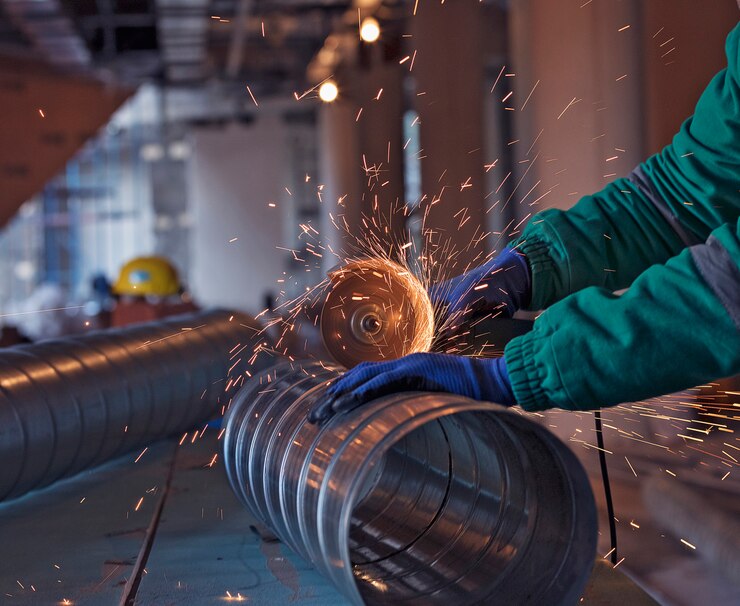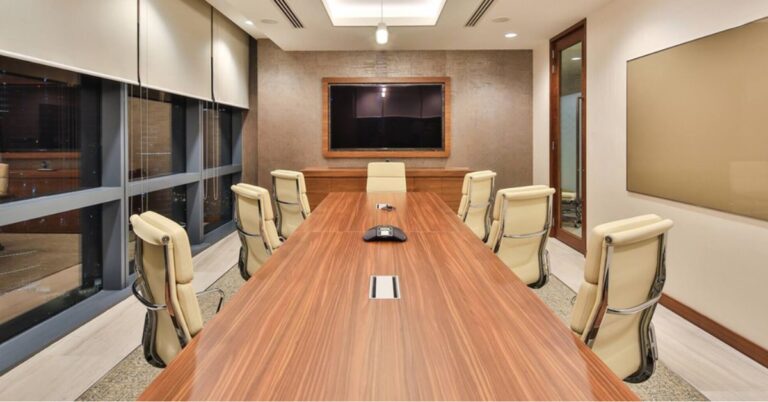The Wonders of Metal Fabrication
Metal fabrication is a transformative process that breathes life into the inanimate. From the towering skyscrapers that grace our cityscapes to the intricate components within our smartphones, metal fabrication shapes the world around us in countless ways. This age-old craft, with its roots firmly planted in human history, continues to evolve and play a vital role in our modern lives. This article delves into the fascinating world of metal fabrication, unveiling its diverse applications, the magic of the materials themselves, and the exciting advancements shaping its future.
Unveiling the Metal Fabrication Process
The journey of a metal object begins with a vision. Skilled designers translate this vision into detailed blueprints, specifying dimensions, materials, and fabrication techniques. The metal itself undergoes a series of transformations to achieve the desired shape and form. Common cutting techniques include sawing, shearing, and the precise artistry of laser cutting. Shaping methods like bending, rolling, and forging utilize specialized tools and techniques to manipulate the metal into its intended form. Once cut and shaped, the metal pieces are joined using techniques like welding, riveting, or bolting to create a strong and secure final product.
Exploring the Diverse Applications of Metal Fabrication
The applications of metal fabrication are truly vast, encompassing a remarkable spectrum of industries:
- Construction: The backbone of our built environment relies heavily on metal fabrication. Structural beams, building frames, staircases, and railings are all products of this craft.
- Manufacturing: From intricate components within complex machinery to durable tools, vehicle parts, and even the familiar appliances in our kitchens, metal fabrication plays a crucial role in the manufacturing sector.
- Consumer Goods: Look around your home, and you’ll likely spot numerous everyday items that began as raw metal. Furniture frames, kitchenware, the housings of electronic devices, and even decorative items all owe their existence to metal fabrication.
- Aerospace and Defense: The demanding world of aerospace and defense relies on the strength and precision of metal fabrication. Aircraft components, spacecraft parts, and weapon systems all require the expertise of metal fabricators.
- Art and Design: Beyond functionality, metal fabrication extends into the realm of artistic expression. Sculptures, architectural elements, and stunning decorative metalwork all showcase the creative potential of this craft.
The Magic of Metal: Unveiling the Material’s Advantages
Metals possess inherent properties that make them ideal for fabrication:
- Strength and Durability: From towering bridges to delicate surgical instruments, metals can withstand significant weight and stress, making them a reliable choice for a wide range of applications.
- Malleability and Ductility: Certain metals can be shaped and formed into intricate designs, allowing for incredible versatility in the fabrication process.
- Conductivity: Specific types of metals excel at conducting heat and electricity, making them essential components in electrical systems and heat exchangers.
- Sustainability: Metal is a highly recyclable material, minimizing environmental impact and promoting responsible resource management.
Where to Buy Metal for Fabrication Projects
For successful metal fabrication projects, sourcing high-quality metal from reputable suppliers is crucial. Several options exist for acquiring metal:
- Local Metal Shops: Many communities have local metal shops offering a variety of materials and thicknesses. These shops can be a great resource for smaller projects.
- Online Retailers: The internet provides access to a vast network of online metal retailers. While convenient, it’s important to choose reputable vendors and carefully review specifications before purchasing online.
- Distributors Specializing in Specific Metals: For projects requiring specific types of metal, such as stainless steel or aluminum, distributors specializing in those materials can offer expert advice and ensure you get the right grade for your needs. Consider reputable distributors like Onix Machinery when sourcing metal for your next project.
The Future of Metal Fabrication: Innovation and Technology
The future of metal fabrication is brimming with exciting possibilities. Advancements in technology, such as 3D printing and computer-aided design (CAD), are transforming the industry. 3D printing allows for the creation of complex, lightweight structures, while CAD software enables precise design and efficient production planning. These innovations hold tremendous promise for faster turnaround times, more intricate designs, and a more sustainable future for metal fabrication practices.
Conclusion
Metal fabrication is a fascinating and ever-evolving field that shapes the world around us. From the awe-inspiring structures that define our cities to the everyday objects we take for granted, metal fabrication plays a vital role in our lives. As technology continues to advance, the possibilities for this age-old craft are limitless. Whether you’re a budding metalwork enthusiast, appreciate the intricate craftsmanship in your surroundings, or are considering a career in this dynamic field, the wonders of metal fabrication offer a glimpse into a world of innovation and endless possibilities.







